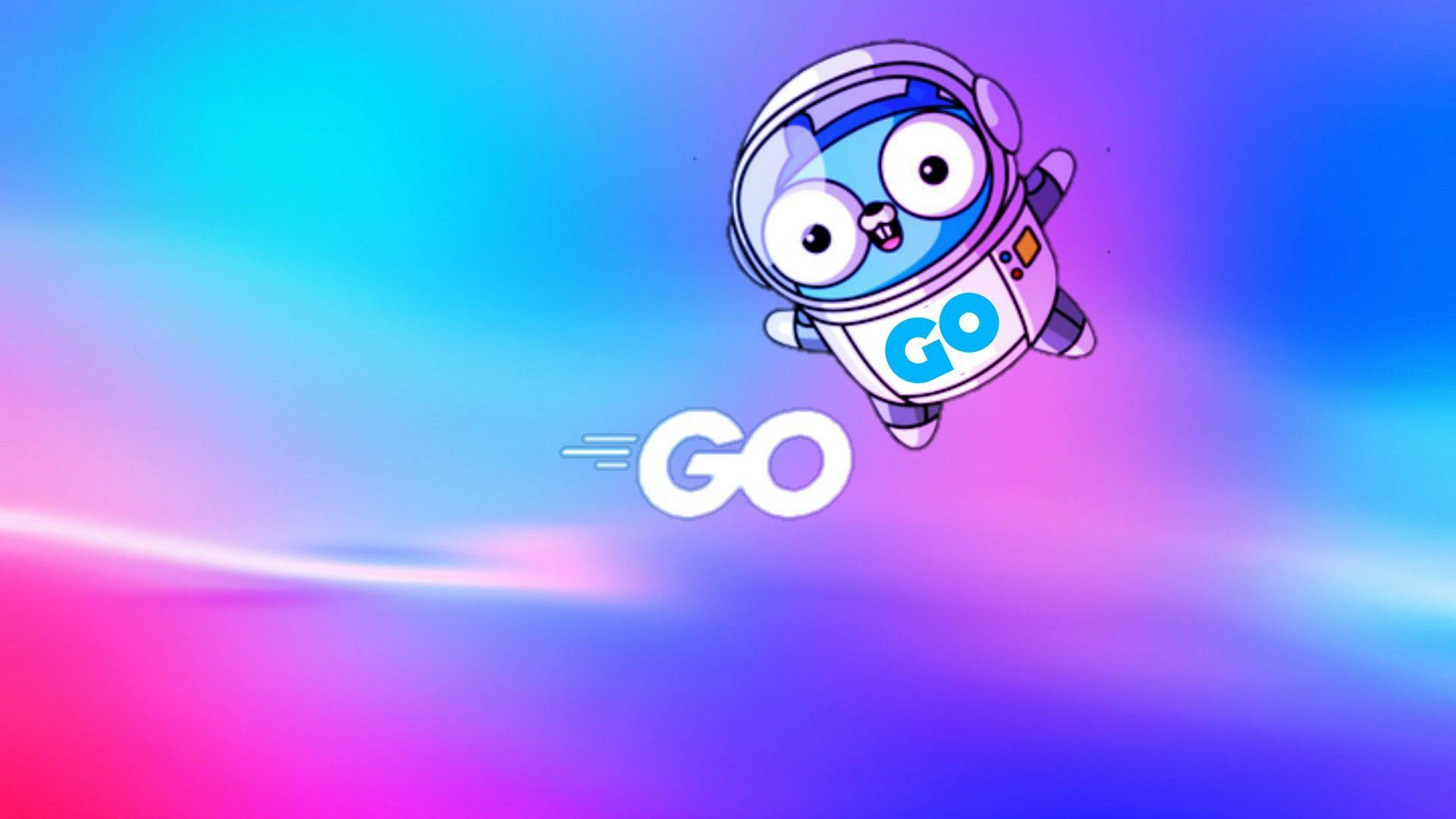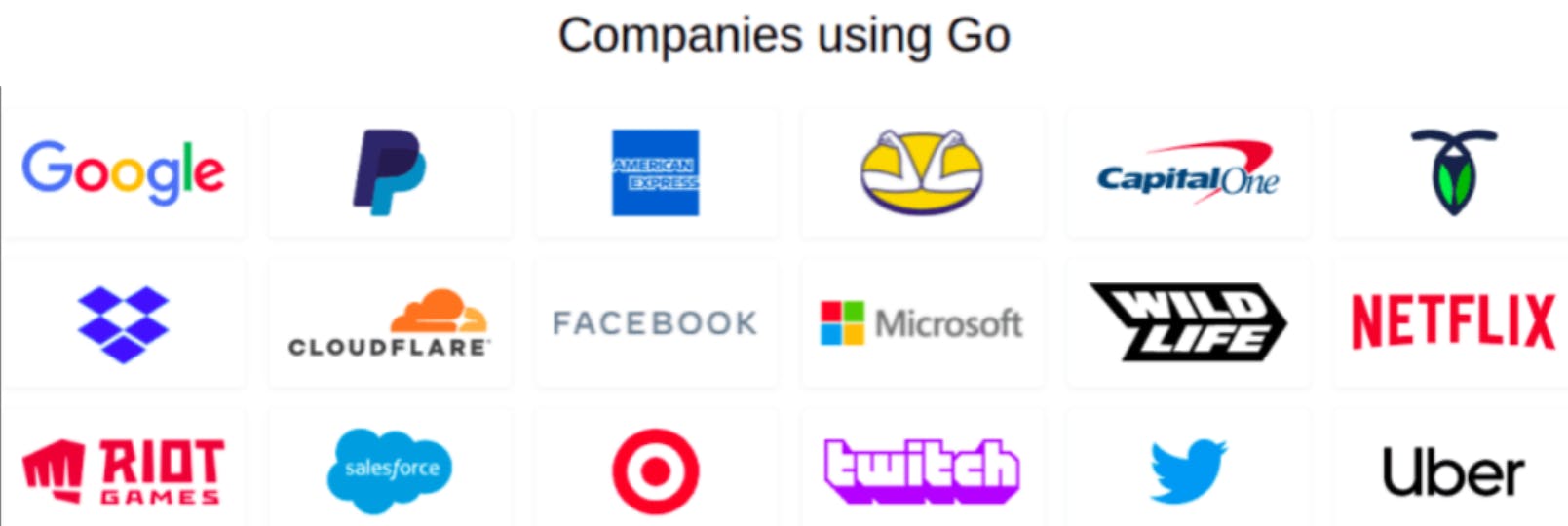
Unveiling the Power of Go: Why Google's Go Language is Taking Over the Tech World
Introduction
Since its release in 2009, Go has quickly become one of the most popular and powerful languages in the tech industry. Developed by a team at Google led by legendary computer scientist Ken Thompson (co-founder of the Unix Operating System and developer of the B programming language), Go is a C-style language with a range of features that make it stand out from other languages on the market.
Go got into Open Source in 2009 after which it gained immense popularity in the tech industry due to its Simplicity and Sleekness against other programming languages which makes it easy to understand with the minimalistic syntax to avoid most of the errors in the code, unlike any other programming languages like in C++ and Java. From startups to major corporations, Go is being used to build applications and systems that are fast, reliable, and scalable.
Why was it invented?
Go is one of the most popular languages in Cloud Engineering because of its simplicity and a lot more features being provided by climbing it up onto the chain.
With time the change of infrastructure – bringin up the increased use of Multicore Processors in the system and Cloud infrastructure with Hundreads or even Thousands of servers with multiple processors to deploy applications made by this infrastructure to become much more scalable, dynamic and hold up more capacity, & with all these development Go stands out to be the only language to take advantages of these features and ability to run multiple tasks in the parallel paths along the multiple threads as multiple threading functions.
For example, when you go up to a website like Youtube then while watching a video you can scroll up a bit to watch some other videos as well in the recommendations, like the video, save it in your previously saved playlists, write comments and so more amazing features it is all been made possible with the help of this multi-threading features called as Concurrency.
Although many websites like youtube as well still seem to use general frontend methods to carry out these features, but with the changing technology Golang can be proven to be a much better option in various fields in the near future.
How is it Better??
The feature of multi-tasking is already been introduced to u in the blog that how is been an important feature in it. Concurrency is not a very new feature in only the Go language but Creating threads is more expensive and slow startup time in other languages.
Also, other languages need a lot more hardware resources & are hardware dependent to do the same act as the Go language.
Go is much Cheaper and lightweight than other languages
Go is highly efficient for Performant applications for Services Scaled and Distributed systems & acts as a Server-Side / Backend Language
Making it Highly Productive in Microservices, WebApplications & Database Services
Go is highly useful in OpenSource for various projects and contributions & in various applications and software like Docker, HasiCorp Vault, Kubernetes, Cockroach DB and many more as well……
Go is highly TypeSafe as well giving up a disadvantage to the language but also making it highly strong against most of the errors which might catch up in the process of running the code.
This means that if a program goes wrong in assigning wrong values to the functions or variables then it will generate an error during the compiling of the code rather than waiting up and generating errors when the code is being ruined & thus saving up a large amount of time from getting wasted.

Packages in Go
Packages in Go are the kind of containers that are available and ready to use when writing up our applications. These Packages when stored as built-in or when stored with the code written by us give us an advantage in working with the functions, variables, and constants stored in it to be able to call in the other files connected with it for import-export permissions. Thus in this way, this method can help us save up a lot of time and space by directly calling up the package in the required function or file.
How to download it...?
Here are the steps to download and install Go on a Windows computer:
Go to the official Go downloads page at https://golang.org/dl/
Select the appropriate download package for your operating system. If you're running a 64-bit version of Windows, choose the "Windows 64-bit" package.
Click on the download link to start the download.
Once the download is complete, open the downloaded file.
Follow the installation wizard instructions to install Go.
During the installation process, you will be prompted to select a location to install Go. Choose a directory on your system that you will remember, such as "C:\Go".
After the installation is complete, open a command prompt and type "go version" to verify that Go was installed successfully.
That's it! You have successfully downloaded and installed Go on your Windows computer.
After you are done with the downloading stuff there are some of the terminal command lines commands that you might need to know first –
1) First locate the file where we installed our Go file while installing Wizard with the help of a command prompt or terminal command line software as :-
go mod init <application-folder>
2) When you are done with writing up your application just go up with:-
go run <application.go>
or,
to run all the go applications in the folder
Make sure to replace the names of application_folder with the required folder name and application.go with the required go file.
Big Companies and Projects that use Go
If you're still not convinced that Go is a language worth exploring, take a look at the big names that trust it to power their systems. These companies have chosen Go for its speed, reliability, and scalability, and it's no wonder why!
Google - Go was developed by Google and is used extensively in many of their projects such as Google Cloud, Google Kubernetes Engine, and more.
Uber - Uber's backend infrastructure is built on Go and they use it for several of their services such as their dispatch system and their payments platform.
Dropbox - Dropbox uses Go for several of their backend services, including their sync engine and content migration system.
Twitch - Twitch uses Go for several of their backend services, including their chat system and their stream ingestion platform.
SoundCloud - SoundCloud's backend infrastructure is built on Go and they use it for several of their services such as their search and recommendation engines.
Docker - Docker, the popular containerization platform, is built using Go and many of its components are written in Go.
BBC - The BBC uses Go for their content management system, which handles the delivery of their online content to their audience.

Thanks for reading! I hope you found this introduction to Go helpful and informative. If you have any questions or comments, feel free to reach out to me on Twitter:
My Twitter Profile: Aryan_2407
I'm always happy to connect with fellow tech enthusiasts and answer any questions you may have. Don't forget to follow me for more updates on tech, programming, and more.😄😄